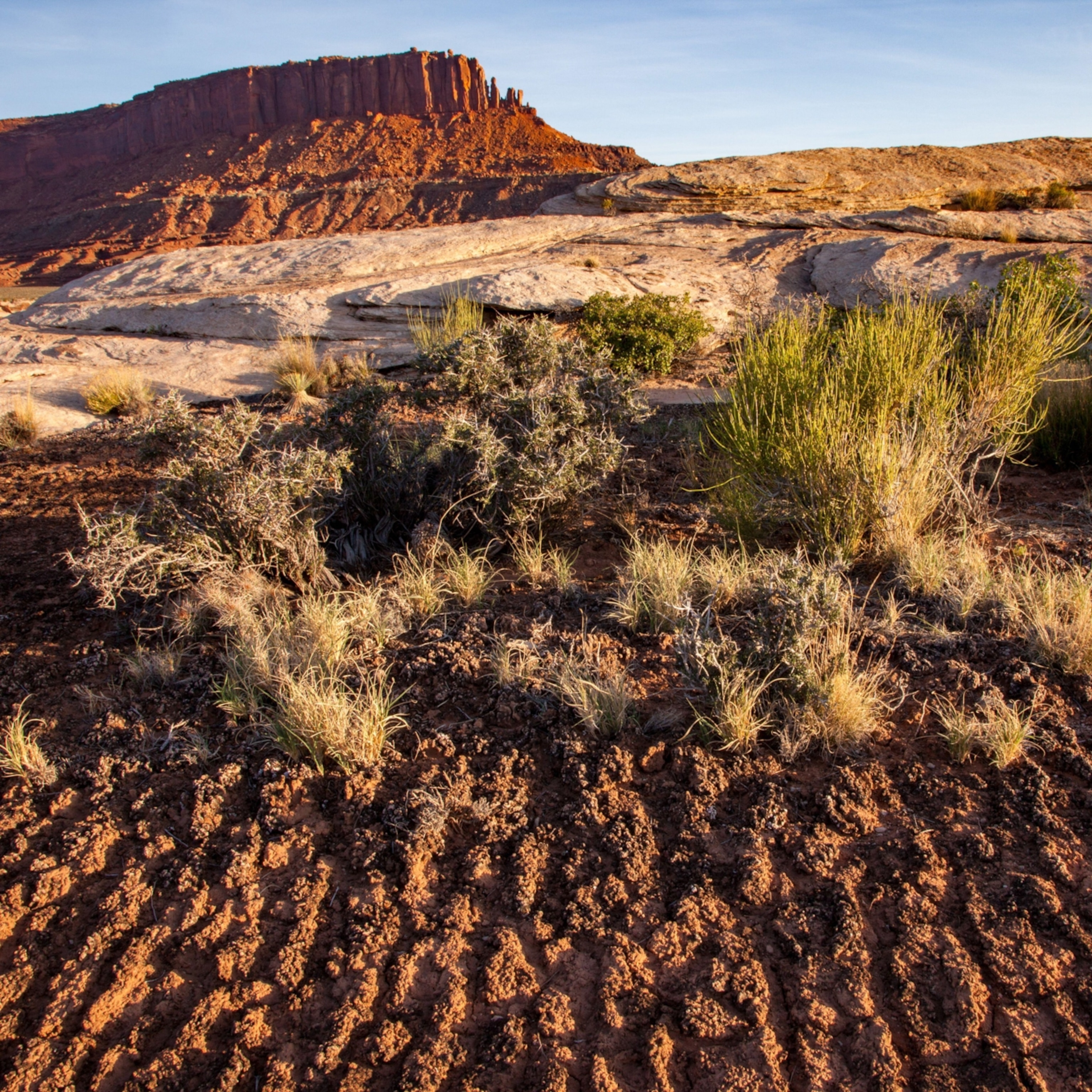Scientists have discovered a tiny new species of chameleon in a patch of rainforest in northern Madagascar. This so-called nano-chameleon is about the size of a sunflower seed, fits on the tip of a finger, and may be the smallest reptile on Earth.
Officially known as Brookesia nana, or B. nana for short, the new species is so tiny it’s thought to survive on a diet of mites and springtails, which it hunts down in leaf litter.
“At the first glance, we realized that it was an important discovery,” says Andolalao Rakotoarison, a Malagasy herpetologist and coauthor of the new study published in Nature.
Finding such a small reptile raises interesting questions about the lower limits of body size in vertebrates. It also highlights the astonishing—and highly threatened—biodiversity of Madagascar. Scientists suspect the chameleon will soon be listed as critically endangered.
Lurking in grass
Like other chameleons, this tiny reptile possesses a projectile tongue which it uses to nab prey. The creatures have found a successful niche in their native habitat, hunting by day on the rainforest floor and retreating to the safety of grass blades at night.

If a larger predator comes calling in the dark, the wobble of the grass stalk alerts the chameleon of danger, at which point it just drops off into the underbrush, says Mark Scherz, an evolutionary biologist at the University of Potsdam in Germany and coauthor of the study.
So far, scientists have observed just two individuals: One male and one female, each of which was captured in 2012 on an expedition to a cluster of cool, rainy mountains known as the Sorata massif.
Researchers suspect this nano-chameleon may hold the title of the world’s smallest reptile. Its nearest competitor is a creature called Brookesia micra, an itty bitty chameleon species that made its debut in 2012, photographed atop the head of a match.
“It feels a little silly to be like, ‘Oh, it’s a few millimeters smaller than this other thing,’” Scherz says. “But when millimeters are two or three percent of your body size, then that’s a lot of change.”
“Most of science happens in these small, incremental steps,” Scherz adds.
The fact that only two individuals have been found makes it difficult to generalize upon the findings. It’s possible that other chameleons in this species would be larger, or smaller, just like humans can be different heights. Indeed, scientists already know that chameleons in this family tend to have larger females and smaller males, which is called sexual dimorphism.
It’s also tricky to determine when an animal this small is truly an adult, Scherz says. Fortunately, when he submitted the female to a Micro-CT scan, he found evidence of eggs in the ovaries. “I ran upstairs and I was like, ‘Look, we have confirmation,’” he remembers.
Determining the age of male chameleons is a little more difficult, and requires a close examination of the animals’ genitals. As juveniles, the males’ genitals—known as hemipenes—look somewhat like smooth balloons, but they get more complex and adorned as they mature. Since this male did not have a “smooth balloon,” it’s likely not a juvenile, Scherz says. The smallest chameleons have relatively large genitals compared to related species that have bigger bodies, he adds.
“The female is certainly an adult,” says Tony Gamble, an evolutionary biologist who researches dwarf geckoes at Marquette University, but who was not involved in the study. “And it appears that the male is probably an adult, as well.”
How low can you go?
Apart from its cuteness, scientists say the discovery of yet another tiny chameleon species raises all sorts of questions about the limits of tininess in vertebrates.
For instance, B. nana is much smaller than the smallest birds or mammals, says Scherz, but there are frogs that are smaller still.
At some point though, you reach a limit to how small a reptile can be. Part of this is a problem of surface area, says Gamble. While it might seem counterintuitive, smaller creatures actually tend to have a larger ratio of surface area to volume compared to big creatures. And the higher that ratio is, the more susceptible an animal will be to water loss.
“There also seems to be a limit as to where you can put all the stuff you have,” says Gamble. Many small creatures have reduced skull sizes or overlapping bones, and some lose entire structures through evolution.
“It’s like moving from a big house into a small apartment without getting rid of anything. That stuff has to go somewhere,” Gamble says.
B. nana beware
Unfortunately, the tiny chameleon’s future is murky. The mountain forest where the lizards are found is already severely degraded, Rakotoarison says.
Many people in this region cannot afford to buy rice or meat, says Scherz. Poverty and growing populations have led to clearing of rainforests to make room for agriculture and livestock; deforestation affects around 94 percent of Madagascar’s previously forested lands, according to NASA.
With a small home range and threats to its habitat, the new chameleon species will be a shoe-in for critically endangered status through the International Union of Conservation of Nature, a conservation group. The good news is that the Sorata massif has recently been included in a new protected area in Madagascar.
“It’s all good and well to say, ‘Oh, I really hope that people stop deforesting this forest,’” says Scherz. “But until the economic future of Madagascar changes, there’s no hope for any of its wildlife because the people have to eat.”
Meanwhile, Gamble says each new species reminds scientists and the public alike that Madagascar is a mega-diverse island.
“I think what keeps stories like this front and center in our imagination is that every time something like this is discovered, it’s like, ‘Oh man, I guess [living creatures] can get a little smaller,’” says Gamble.









